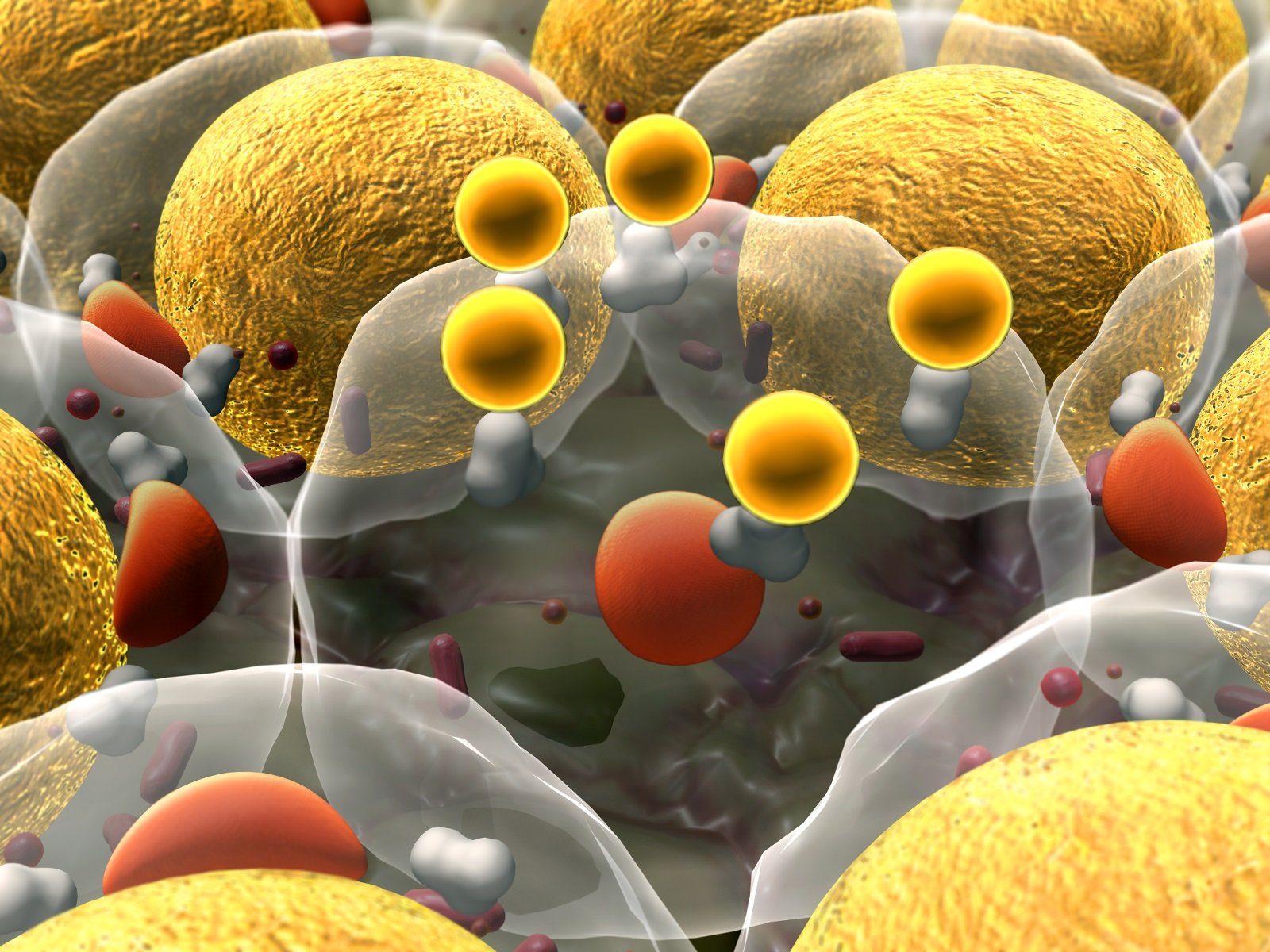If you are new to the world of 3D cell culture, you may want to know a little bit more about the equipment that is required to set up a cell culture lab. Whether you are planning to set one up yourself or you are simply interested in the industry as a whole, continue reading to discover everything that you need to know, as explained by experts at Manchester Biogel.
Table of Contents
Understanding 3D cell culture
Before we tell you more about the equipment needed for 3D cell culture, it makes sense to give you a brief explanation of this process. Cell culture refers to the removal of cells from a plant or animal and the subsequent cell cultivation that happens in an artificial environment for scientific research.
What sort of equipment is needed for cell culture?
For cell culture work to be carried out, several critical pieces of equipment will be needed.
So, let’s take a look:
Water bath
You will need a water bath for pre-warming the cell culture media before it is used, as well as thawing reagents and cells that are frozen.
Pipettes
Pipettes are used to disperse a measured volume of liquid.
Laminar flow hood
It would be best to ensure that the cell culture working environment is ultra-clean, with no particulate or biological contamination. The laminar flow hood will provide filtered downward air, functioning as an invisible curtain. This is to lower the possibility of airborne particles getting into the workspace.
Liquid nitrogen storage
Low temperatures are essential for cell storage over the long term, with liquid nitrogen tanks being able to cope with temperatures lower than -130 degrees centigrade.
Microscope
This is a vital tool because it enables you to visualise cells, which is imperative in monitoring cell health status and morphology.
Incubator
An incubator will give you an environment that you can control stringently to grow cultured cells. You will have complete control over the temperature, degree of humidity, and CO2 levels.
Haemocytometer
Next, we have the haemocytometer, a counting-chamber device used to count all cells.
Fridge and freezer
You will also need to ensure that you have a fridge and a freezer. After all, many reagents and cell culture mediums must be stored between two and eight degrees centigrade. Several reagents will need to be stored between -5 and -20 degrees Celsius. Because of this, it is essential to have both a freezer and a fridge in your cell culture lab.
Consumables
Cell culture consumables include tubes and pipettes, which tend to be made from plastic. Plastic is chosen because it is a lot more sterile than glass.
Centrifuge
A centrifuge is required for pelleting suspending cells throughout the different cell culture protocols.
Cell culture vessels
Cell stocks will be cultured in flasks, with experiments performed on culture dishes. Consequently, you will need to have several different types of culture-grade plasticware.
Final words on the equipment needed for 3D cell culture
We hope that this has given you a better understanding of the required equipment for 3D cell culture. Suppose you are considering purchasing consumables for your projects,it is essential to choose experts who will never cut corners to ensure that the highest quality of equipment is supplied for critical processes like this.
